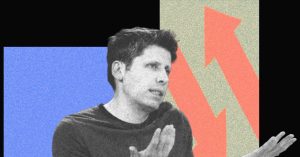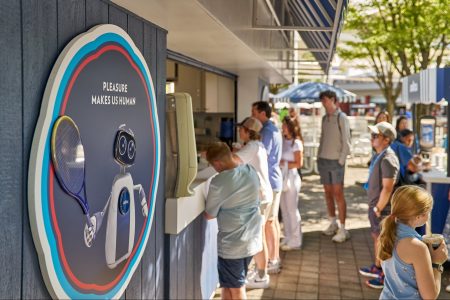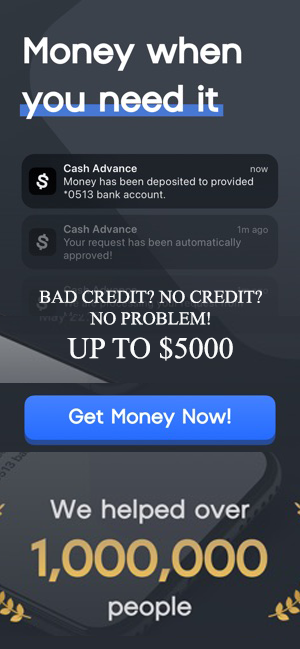Forward-thinking companies are embracing user experience (UX), but it can be challenging to understand what aspects to prioritize. The lure of a quick fix for usability issues is compelling. However, it’s essential to tailor UX to your budget and needs while avoiding shortcuts in the discovery and design process. A comprehensive UX process will yield a higher return on investment for your business and its users.
Understanding the problem
The first phase in UX is identifying the problem to be solved. Does the issue align with what stakeholders and users perceive as problems or potential areas of improvement? The UX strategy of adopting a beginner’s mindset leads to questions others may avoid or where biases might exist, bringing a fresh viewpoint to the problem space.
Through research and competitive analysis, UX researchers dive in to rapidly become mini-experts in a business domain. Once the UX team understands the problem, they balance user and stakeholder priorities to determine the project’s scope. Stakeholders can help determine which users to interview and observe to begin mapping user journeys and workflows.
Related: 5 Tips for Creating Innovative UX Design
Observing users
Surveys and focus groups offer broad insight, but observing a single user in their natural work environment lets UX researchers discover the mental model and vocabulary used for workflows.
Users are asked to think out loud while they perform their job. UX researchers are interested in everyday tasks as well as less common, but critical tasks. They want to know:
-
What tools and artifacts does a user need to do their job?
-
Are there other people or systems that the user interacts with?
-
What happens to their work product after they complete a task?
This approach uncovers the user’s pain points. Researchers seek common pain points across multiple observations to prioritize which elements of the system to design first.
Creating personas
Next, researchers may create a persona based on the users they observed. Personas help to focus design and generate empathy for users. Some questions to consider when writing a persona are:
-
Is the user’s physical environment noisy, crowded or busy?
-
What limitations might the user have such as dexterity, vision or hearing?
-
Is the user a novice or an expert?
-
What are the user’s goals?
Related: How Prioritizing UX Design Can Fuel Long-Term Growth in the Next Decade
Sketching and prototyping
Armed with insights about who will use the proposed system, their most common workflows and their pain points, it’s time to start sketching. The goal at this point is to create something testable for users. By walking the persona through each user scenario, designers ensure that each task the user needs to perform is supported.
An initial prototype doesn’t need to be high-tech or high-fidelity. The quicker designs can be presented to users, the faster they can be tested. Paper mockups or wireframes can indicate whether the ideas are clear, and users may be more open to offering criticism if the prototype is hand-drawn or less polished.
Assessing designs
A first design includes the UX team’s best ideas, but the design will be refined through testing with users. This is an opportunity to clarify how the system will be used by the people who will actually use it. During assessments, it’s crucial to emphasize that the design is being assessed, not the user. Users are often willing to help evaluate designs when they understand their feedback will be used to create a better product for them.
Collaborating with the development team
After the design has been tested and refined, UX designers are ready to collaborate with a development team to build the system. The final mockups or prototypes are usually of higher fidelity and guide the developers on how the system should look and behave. Project managers collaborate with the UX team to develop an overall system roadmap. The UX team provides ongoing support to answer questions. Post-launch, the UX team should conduct periodic user testing to meet evolving markets or user needs.
Embracing a comprehensive UX process significantly enhances a project’s likelihood of success. This approach enables companies to avoid disappointment and wasted resources from a design that did not meet users’ requirements. Investing in a complete UX cycle is not just beneficial for users; it’s also a smart business strategy.
Related: Improve Your Conversion Rate and Increase Revenue With These User Experience Design Essentials
Read the full article here










